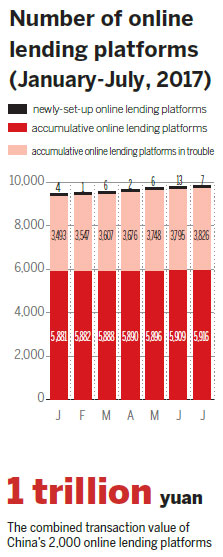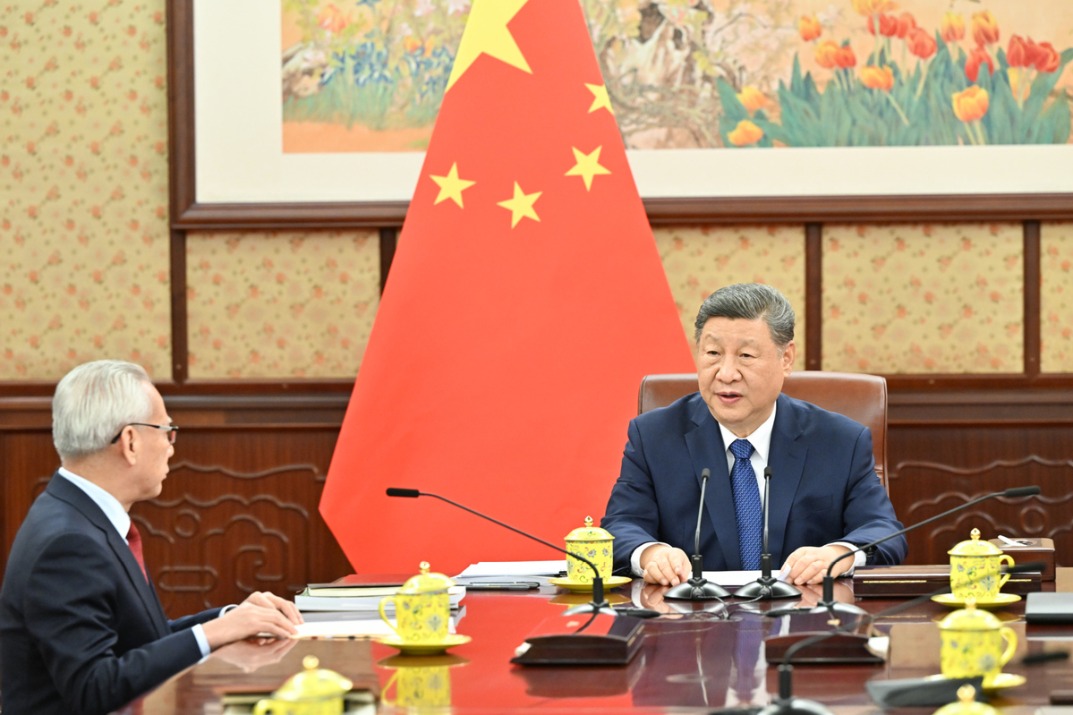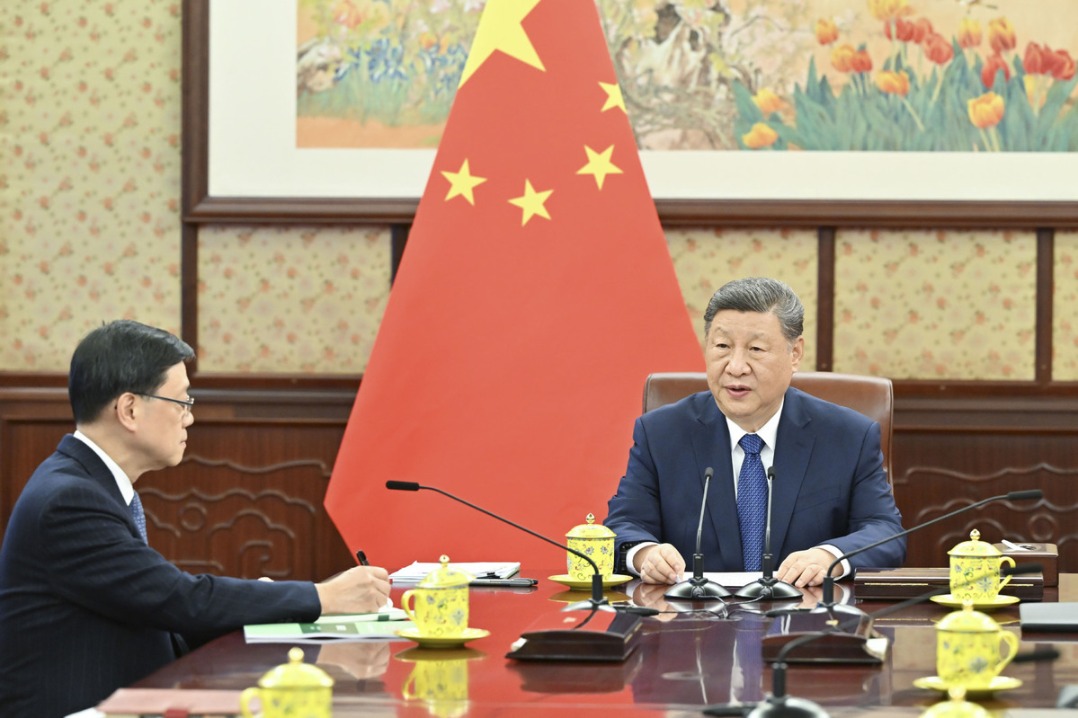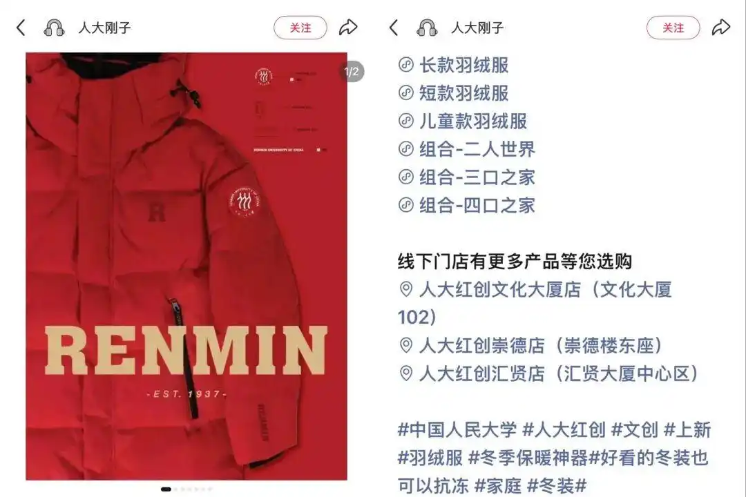PBOC to regulate fast-growing fintech

Big third-party payment companies, P2P lenders are likely to come under central bank's oversight
China's central bank says it will strengthen regulation of companies engaged in financial technology - or fintech - in a bid to prevent risks.
In a report released last weekend, the People's Bank of China said some financial products offered through internet channels by fintech companies are "systemically important" and hence will be included in its macro-prudential assessment, or MPA.
| A man uses his mobile phone to make a payment on a train from Tianjin to Qinhuangdao, Hebei province. Xinhua |
The aim is to prevent cyclical risks and cross-market risk transmission, it said.
Analysts say this is the first time that the PBOC has said it will include fintech businesses in its MPA.
Big players in the third-party payment services market and the peer-to-peer, or P2P, lending market are likely to be included first, they say.
Previously, only big financial institutions, such as banks, brokerages and insurers, that play leading roles in their respective sectors were regarded as "systemically important" and were included in the MPA framework.
Their debt-to-asset ratio, liquidity, pricing, asset qualities, debt risks and lending policies are assessed by the central bank.

Xue Hongyan, director of the Suning Financial Research Institute, the research arm of one of China's largest fintech service providers, says considering the definition of "systemically important" services and the market size of all fintech businesses, third-party payment services and P2P lenders are most likely to become the first to be regulated under the MPA framework.
"The PBOC move ... is actually a good sign for the fintech market because regulation indicates recognition of importance, and MPA, a mid-to long-term regulation framework, indicates that short-term risks are well handled," says Xue.
Ma Juan, a credit business manager with Bank of Shanghai, says the widely held view is that the P2P market's lending almost equals that of mainstream or traditional lenders.
"I don't need to name any specific provider. But we all know that the combined market size of the top three players in the peer-to-peer lending market, and the top two players in third-party payments could easily exceed 1 trillion yuan ($148.8 billion; 126.1 billion euros; £114.2 billion)," she says.
According to Home of P2P Lending, an online information provider focused on the P2P space, China has more than 2,000 online lending platforms whose combined transaction value exceeds 1 trillion yuan. Monthly inflows are somewhere between 30 billion and 50 billion yuan.
The combined transaction volume in China's third-party payment market was 35 trillion yuan in 2016, and is expected to more than double by the end of this year to surpass 70 trillion yuan, according to Analysys International data.
The PBOC report said that currently some providers of online financial services lack "self-regulation", while some are underqualified and are too weak to manage financial risks.
Yang Tao, researcher and fintech expert with the Chinese Academy of Social Sciences, says that strengthening regulation is inevitable as the fast growth of this segment entails more responsibilities, making compliance the key to success.
wuyiyao@chinadaily.com.cn
(China Daily Africa Weekly 08/11/2017 page28)
Today's Top News
- Foreign ministers of China, Egypt call for Gaza progress
- Shield machine achieves Yangtze tunnel milestone
- Expanding domestic demand a strategic move to sustain high-quality development
- Xi hears report from Macao SAR chief executive
- Xi hears report from HKSAR chief executive
- UN envoy calls on Japan to retract Taiwan comments































